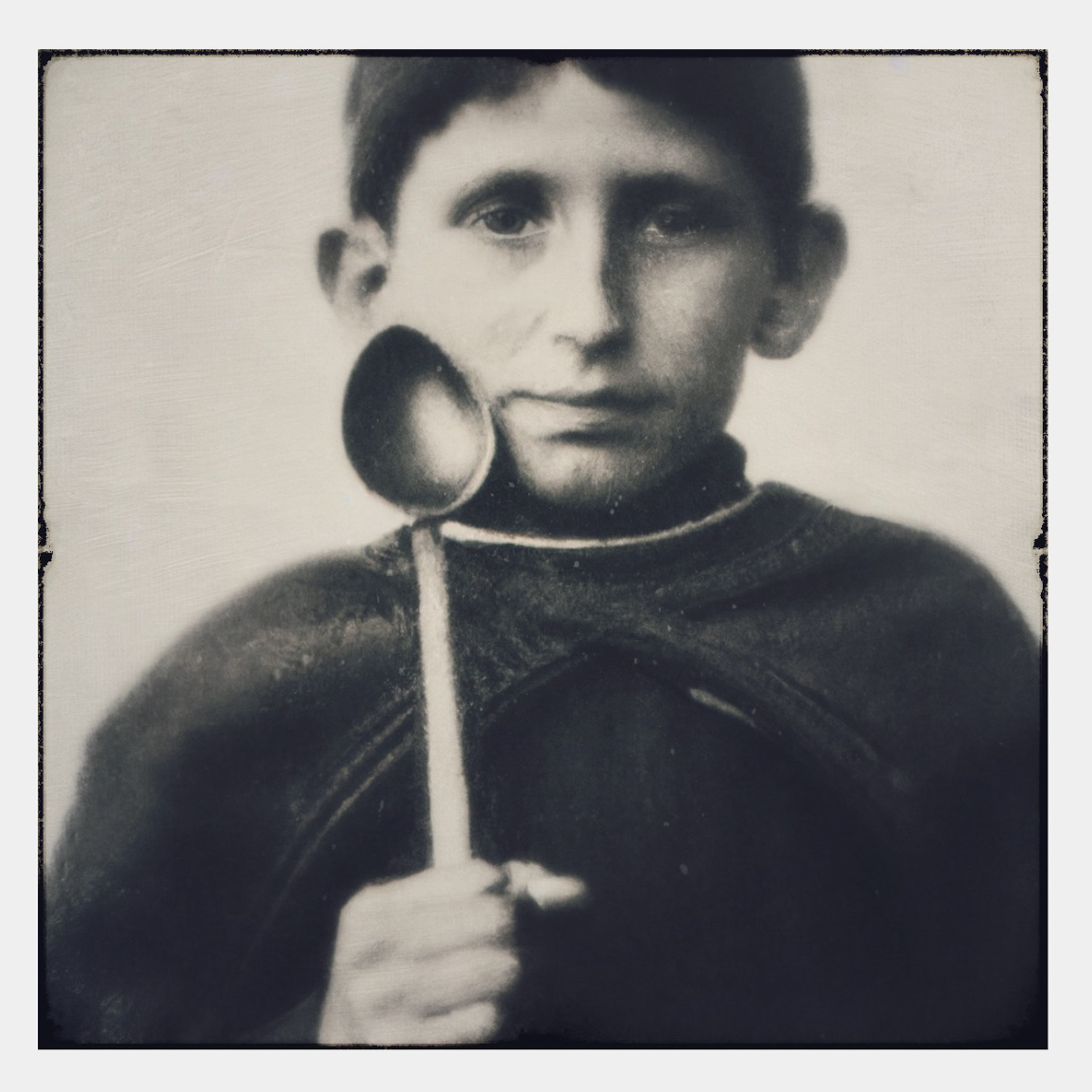
Can someone remember what they never knew?
This is the question I am addressing in my new body of work, “The Last Jews of Liuh.” My work looks at the possibility and the plausibility of remediating the historical record in the absence of record. And claiming the result as personal story.
I am very interested in an essay written by art critic Shana Nys Dambrot for a Los Angeles weekly. She is writing about an exhibition called “I Often Forget,” by photographer Jonas Kulikauskas, whereby the artist has created a restorative narrative of the Vilnius (Lithuania) ghetto of 1941.
Dambrot wrote,
“Maybe excavating the atrocities of the past is best left to those most adept at navigating paradox, consuming sadness, pulling apart fragile layers, and advancing the discourse with empathy. Maybe these matters are best left to artists.”
The project I am creating is still very much a work in progress. I am not yet thinking about the output or even the through-line of the finished dossier. I’m just making work. And by making work, I mean that I am hosting a collaboration between my imagination and DALL’E, an artificial intelligence open platform.
Every day (or just about every day) I create prompts for the work. And I recreate these prompts to “edit”. I am choosing not to use Photoshop but, rather, to retain an intimate partner relationship with the algorithm. This is a very, very deliberate choice on my part.
DALL’E and I are working collaboratively to find the vision.
The nature of the work and the process need to be in alignment. I am peeling back cobwebs. I am looking for something that didn’t exist in a physical form, but exists in my memory in the form of glimmers and story wisps. And fantasy, too. By only “editing” in collaboration with DALL’E, the algorithm becomes a creative partner. Not something to work against (changing what it produces) but to work with.
The project contains what Damrot calls “foundational information” — namely, details about my paternal grandmother’s journey from the Pale of Settlement (Russia) to America in 1911 and to details about Hartford, CT, where she ended up, reuniting with her father after a seven-year wait (he needed to save the money to send for his two daughters and his second wife). I am gathering this information through US census records, naturalization records, etc.
This is what I mean when I say I am remediating the historical record. I am creating some of that record. I am weaving in pieces of stories — ones I heard from my grandmother and from my father, plus other peoples’ stories, in a nod to the universal experience of those who leave the place they call home.
For me, this is a form of collective portraiture. I am closing the loop of past and present (what I call moving backwards and forwards) in a way that makes it clear that the past is not dead. In fact, the past not even be the past. Maybe it courses through our veins, embeds in our genetic strands, in such a way as to be forever present in some real and simultaneously fantastic way.
Who is the boy with the spoon? He’s possibly a former neighbor from Liuh. He’s possibly another immigrant in the steerage section of the dirty boat that brought my grandmother to the new world. He’s possibly a figment of imagination but also a kindred spirit, a fellow pilgrim on a journey towards self.
In Jonathan Safran Foer’s “Everything is Illuminated,” he writes:
“Everything is the way it is because everything was the way it was.”
This is the perfect epigraph for my work. (By definition, an epigraph should appear at the beginning, but I’m claiming poetic license…)
For now, I am not thinking about how I will install this work. Whether I’ll make prints or projections or wood block puppets. Who knows? I’m trusting the process and creating a world that is no longer remembered…but will no longer be forgotten.
The boy with the spoon is such an evocative image. I would be interested in learning about some of the prompts you have entered, and, in particular, what you mean when you say you are “recreating the prompts to edit.”